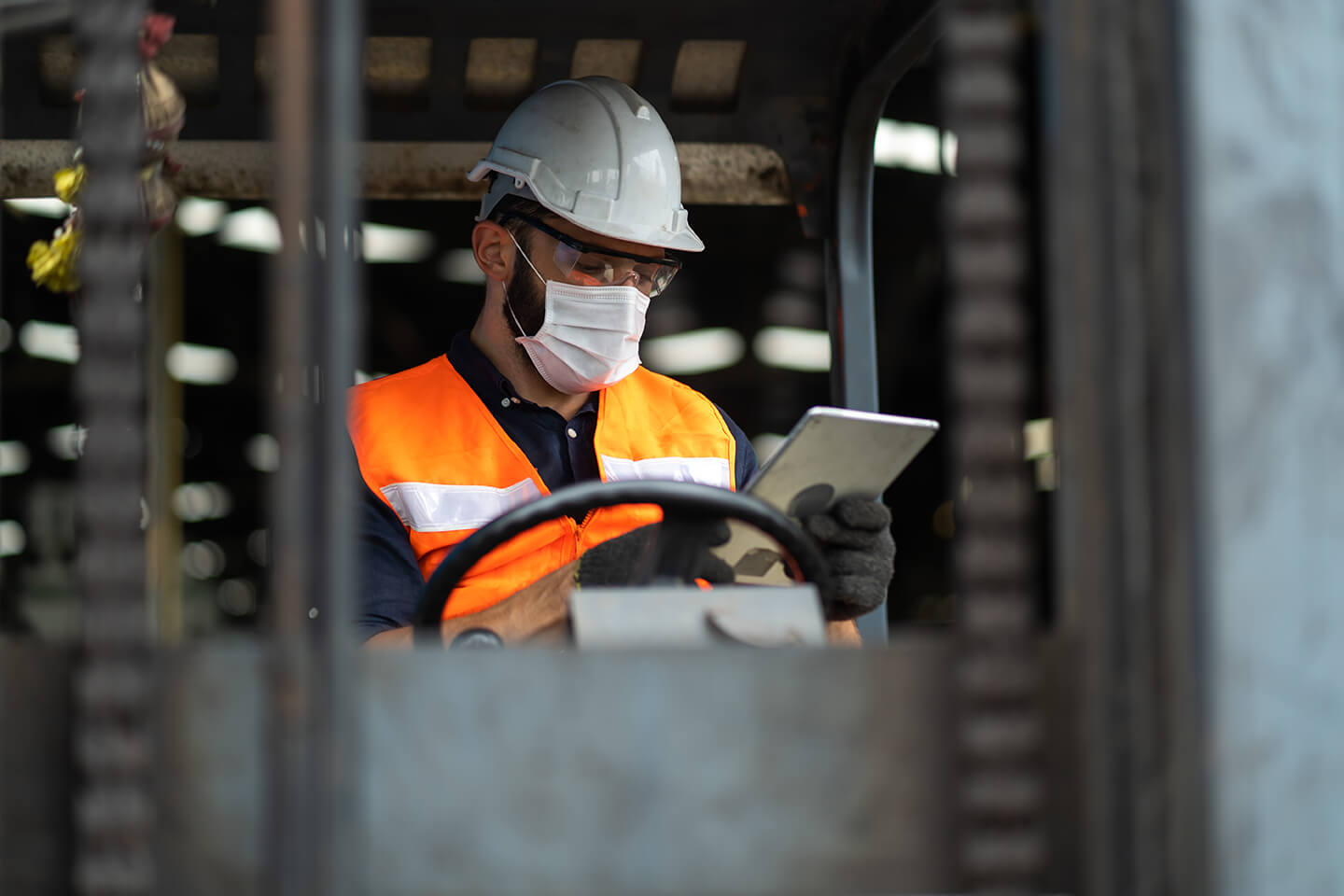
It’s been over a year since many brands first closed their high street doors to the outside world. Since then, recent stats show footfall has (unsurprisingly) decreased by almost 85% as online sales soar to a third of all retail – knocking the first lockdown record right out of the park.
It’s clear now that ecommerce leaders are stealing the retail crown as the ‘death’ of the high street slowly becomes more and more of a reality. As the sector experiences a shake-up like never before, offering customers a truly connected experience across physical and digital channels is critical to pivot in the disrupted road ahead.
KEEP UP WITH THE COMPETITION
Not only that, but the traditional high street battled in an unlevel playing field against the major digital players. Brands, such as ASOS and Amazon, have the delivery experience down to a tee, and customers expect the same wherever they go.
With 87% of customers saying that being kept informed is the most essential delivery factor to them, keeping a customer in the dark about their parcel is only going to send them packing to buy elsewhere. Nowadays, if you want to attract and retain customers – implementing delivery tracking and automation to boost the post-purchase experience is the answer to your customer’s prayers (…and your teams too).
When you’re feeling the heat as disruption hits, keeping customers informed in real-time and allowing them to self-serve their queries can help you monitor potential issues better and get one step ahead of the customer. By connecting the dots between your customers and the teams who serve them – brands are boosting NPS/CSAT and reducing the pressure on contacts centres. Happy customers, happy teams.
PLAN B
With Brexit and COVID sending a wave of last-minute restrictions, closed borders and transforming international shipping almost overnight, even the retail leaders drowned under the pressure, unable to transform their operations quickly. If that wasn’t difficult enough, large amounts of stock that should be in the hands of a customer was instead left untouched, trapped in stores across the UK or overseas. With all this disruption, retailers are being forced to think of new ways to connect with customers by innovating and adapting to mitigate risk in this uncertain climate.
By adopting multi-carrier operations, retailers have the option to flex carrier services easily, and quickly to reroute parcel shipping and split parcel volumes, should they face any roadblocks. With retailers in a constant battle of ‘survival of the fittest’, relying on a single carrier to meet the customer promise is risky business – especially when the stakes are so high.
As footfall decreased, retailers are rethinking their retail space to fulfil online demand. They’re turning traditional stores into hybrid warehouses to get on the front foot and compete with online leaders. Plus, a ‘ship from anywhere’ initiative boosts efficiencies, cuts costs and helps meet customer promise. Brands such as Farfetch, are already spearheading this strategy by connecting multiple boutiques to customers across their global supply chain.
CONNECTIONS ARE EVERYTHING
If there’s one thing we can learn from the past year, it’s that brands need to be better equipped with the right tech to create powerful connections across people, tech and data, to alleviate the pressure on teams and keep customers click-happy.
Now, every single touchpoint – from online checkout to warehouse logistics, all the way to the front door – is an opportunity to turn your customer journey into a 5* experience and claw back the competition.
Check out this 3-step plan to learn how to fully connect each part of your customer journey.